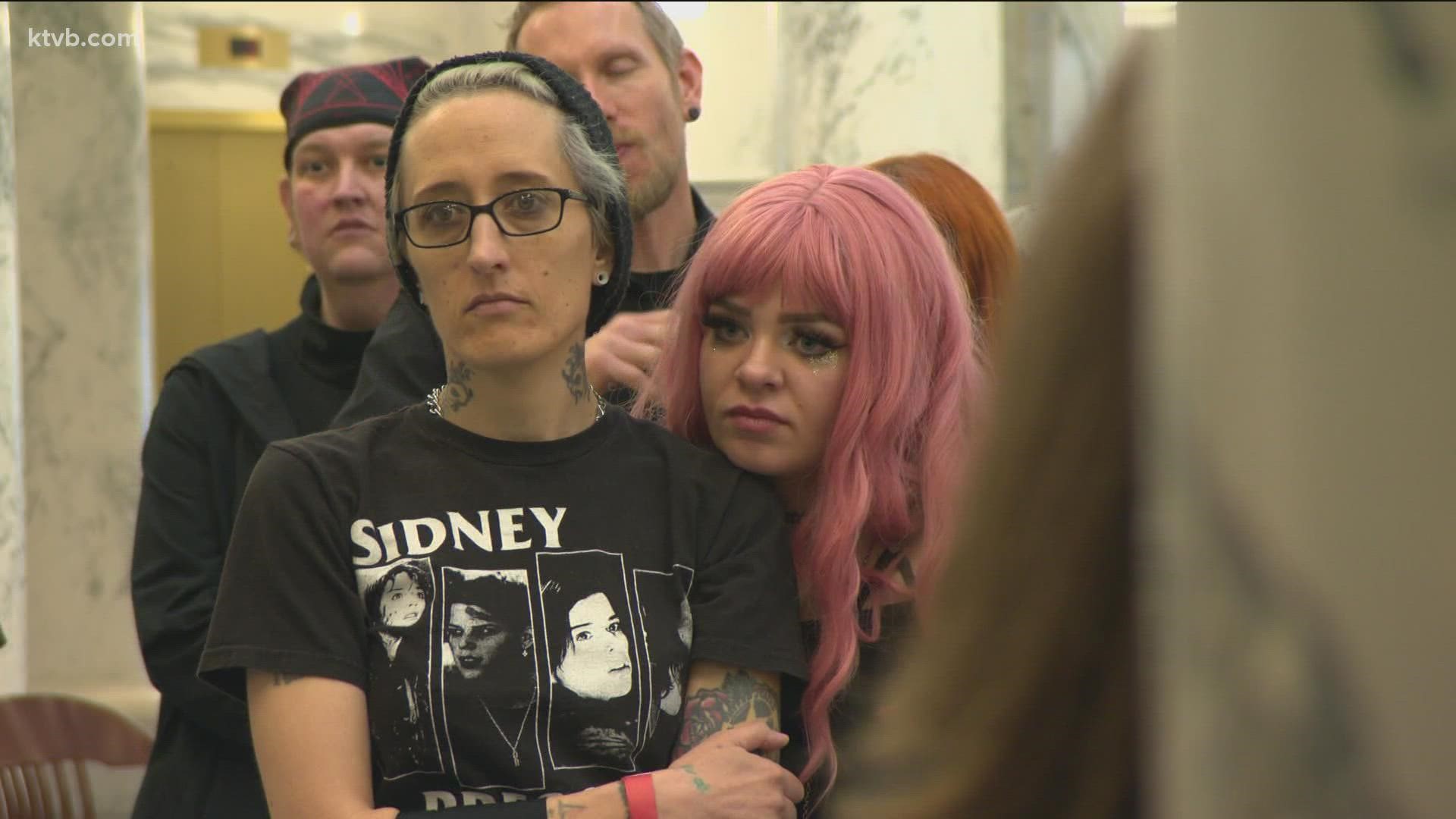BOISE, Idaho —
The National Day of Prayer was established in 1952, with a joint resolution in Congress, signed by President Harry S. Truman. In 1988, President Ronald Reagan issued a proclamation declaring May 5 of that year as a National Day of Prayer. Three months later, Reagan signed an amended version of the 1952 resolution to permanently set aside the first Thursday of May as the National Day of Prayer.
However, there were broad calls for prayer across the country, even before it was a country.
The Continental Congress in 1775 asked the colonists to pray for wisdom in forming a nation. A year later, Congress set aside May 17, 1776, as a day of "humiliation, fasting, and prayer." It was reiterated by President Abraham Lincoln in 1863.
According to the National Day of Prayer website, this day enables us to recall and to teach the way in which our founding fathers sought the wisdom of God when faced with critical decisions.
“I normally host a Bible study at my home at 10,” said Sheran Montgomery, a Christian attending the day of prayer. “We decided that it would be a good idea to come down and pray around the capitol in the rotunda.”
But what about people who do not believe in God, or if their religion doesn’t exactly involve God?
“We don't believe in a literal Satan; it's just a metaphor. Think of Paradise Lost where Satan is the hero against a tyrannical God,” said Rowan Astra, a member of The Satanic Temple of Idaho. “Just as they have their interpretation of the Bible, we have our interpretation of a major character.”
The Capitol’s second-floor rotunda turned into a round-robin of religion, with everyone participating in their own way.
“I'm here to protect our Capitol from evil. There's a lot of demons around,” said one woman attending the event. “They have a right to be here, so I do respect that, but I'm not going to allow demons to be around.”
But after speaking with members of the Satanic Temple, we learned there are a lot of misconceptions about them.
“We are a non-theistic, non-supernatural religion,” said Astra. “These are our deeply held religious beliefs: compassion, wisdom, and justice; that's why we're here, to stand up for what we believe.”
When asked what a national day of prayer means to them, some attendees seemed to be able to find a middle ground.
“Satanists don't pray to a higher power,” said Astra. “However, our interpretation of prayer is that we're symbolically and verbally expressing our hopes and desires to the people of Idaho.”
“We just stop as a nation and pray for what's going on in the nation, pray for our leaders, pray for our decisions that are being made,” said Montgomery. “We don't have to agree, and that's the beauty of this nation.”
Join 'The 208' conversation:
- Text us at (208) 321-5614
- E-mail us at the208@ktvb.com
- Join our The 208 Facebook group: https://www.facebook.com/groups/the208KTVB/
- Follow us on Twitter: @the208KTVB or tweet #the208 and #SoIdaho
- Follow us on Instagram: @the208KTVB
- Bookmark our landing page: /the-208
- Still reading this list? We're on YouTube, too:

